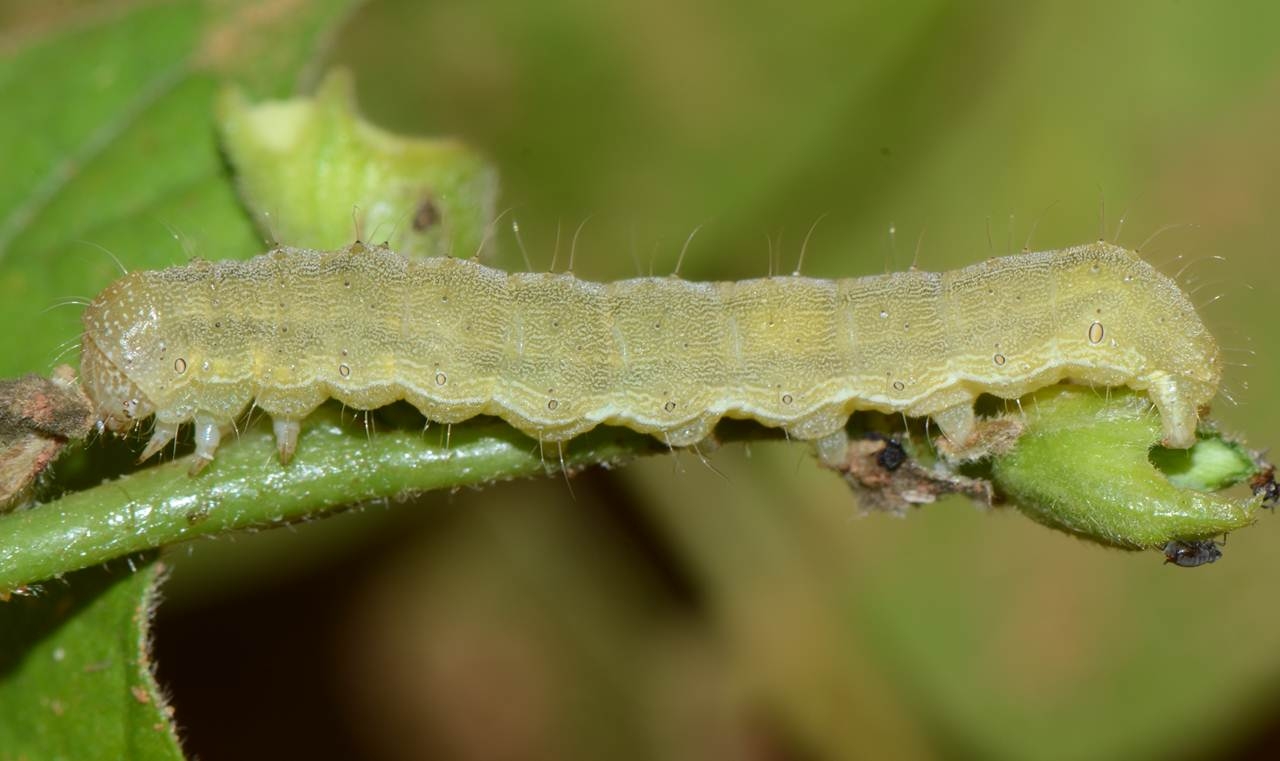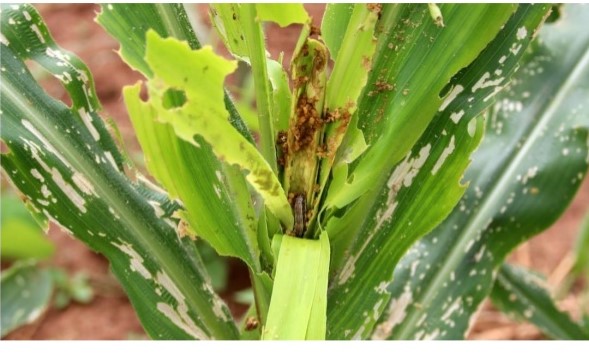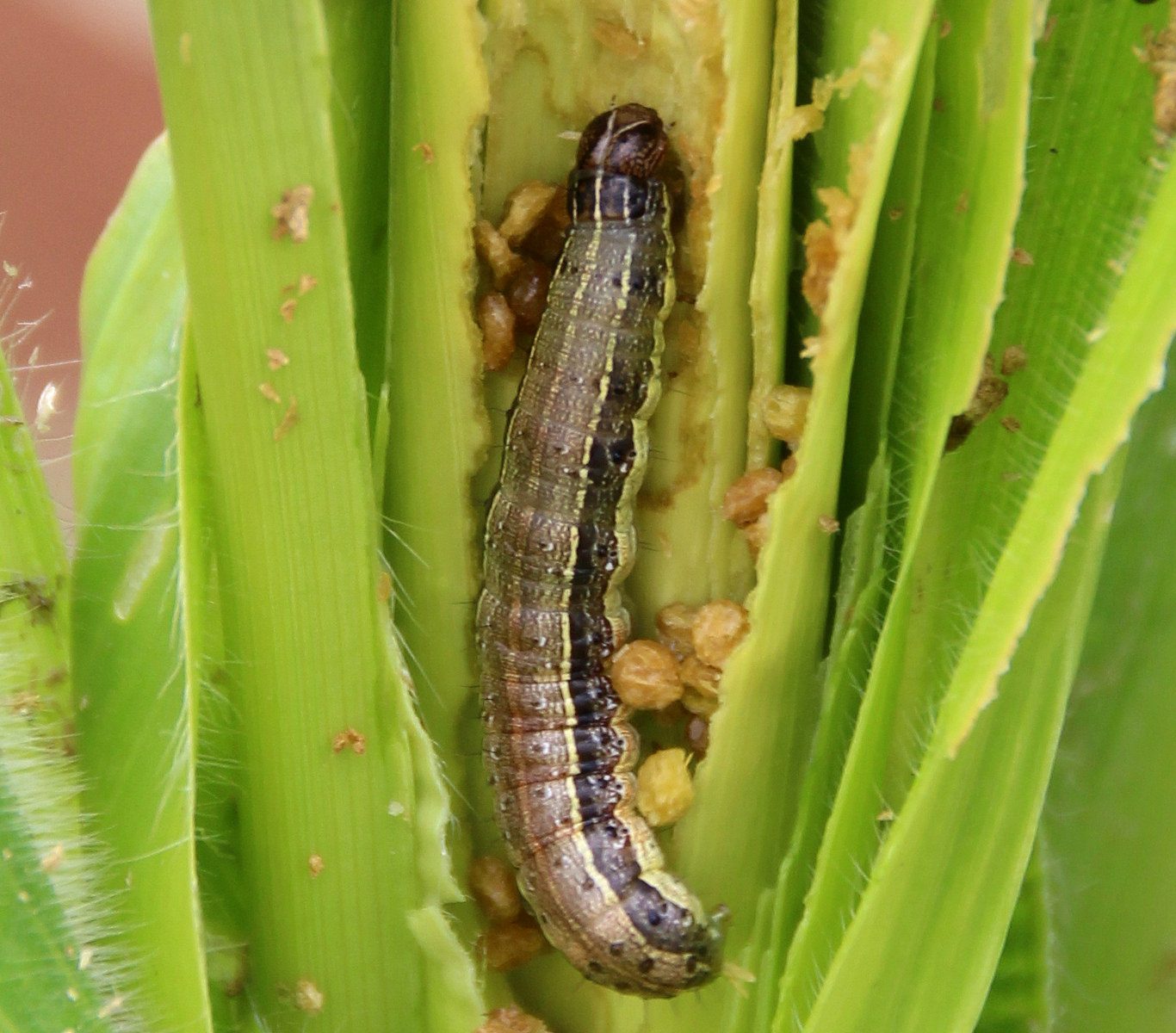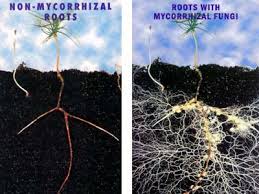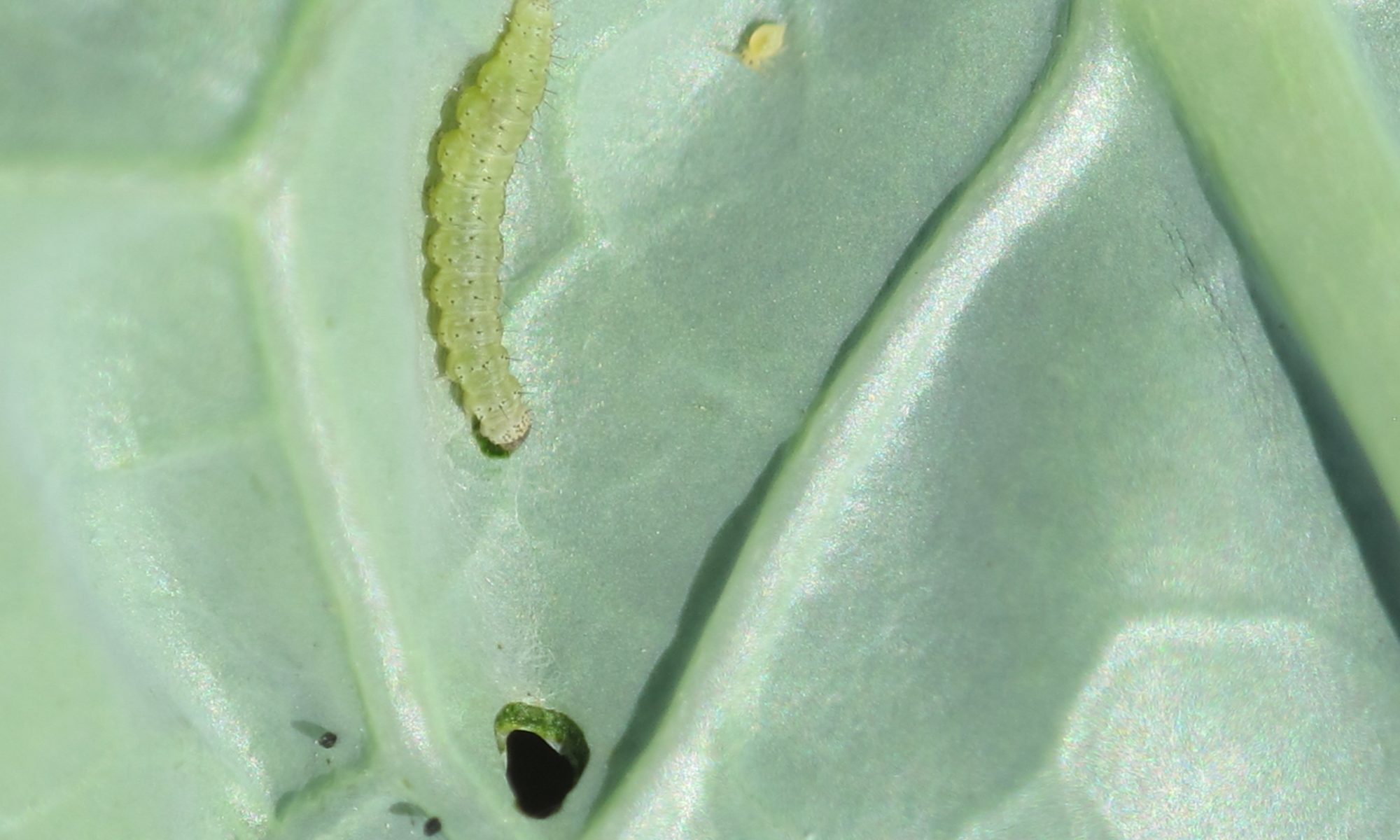Symptoms of damage:-
- The larvae feed on all plant parts, but they prefer to eat flowers and beans.
- The black hole appears on the affected pod and larvae appears hanging out of the pod while eating.
- The adult larvae feed the chlorophyll by scratching of leaves, which causes the leaves to turn become skeletal.
- In the severe stage of infection, the leaf falling down and the plant dies.
Like and share with other farmers by clicking on button below
Share
